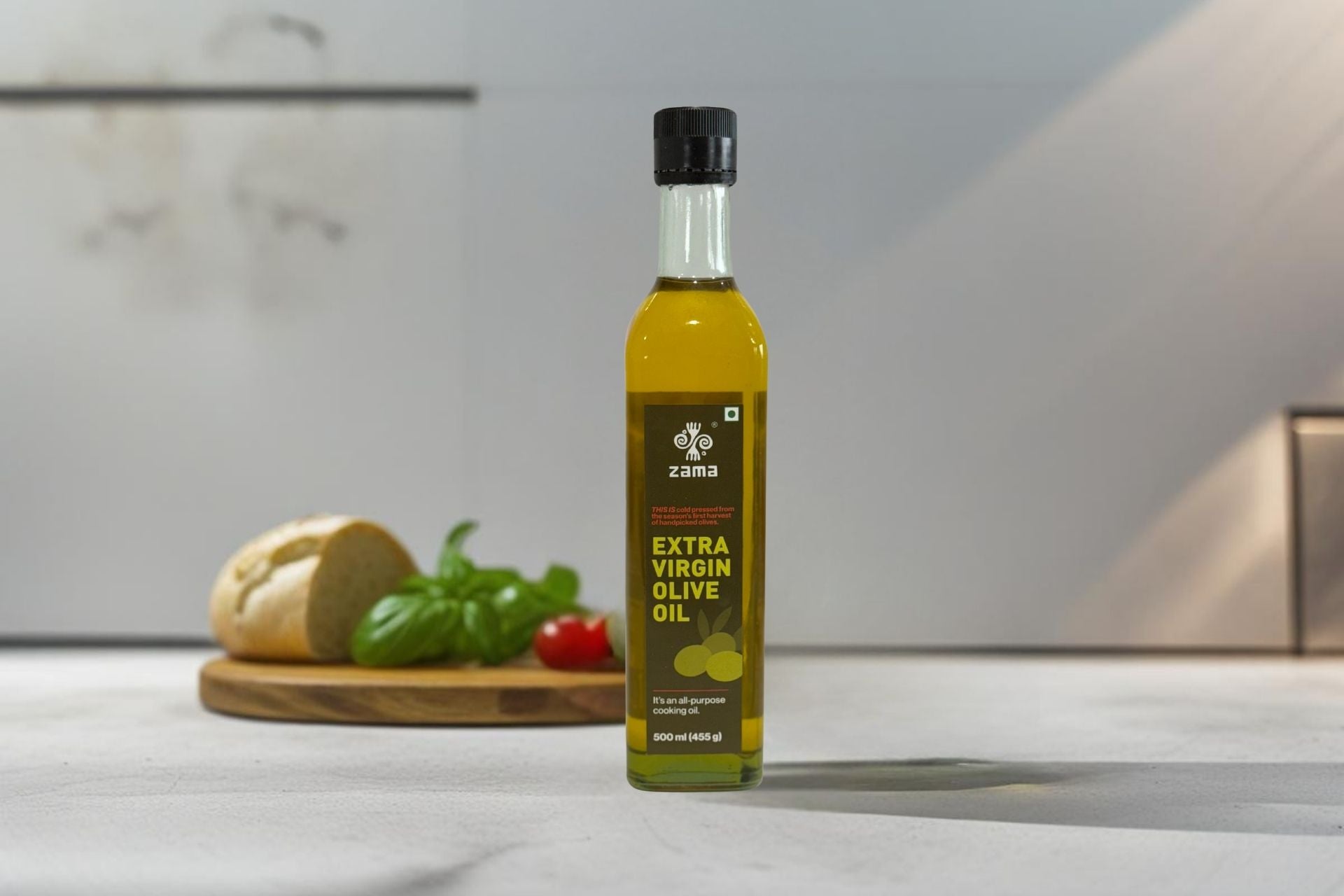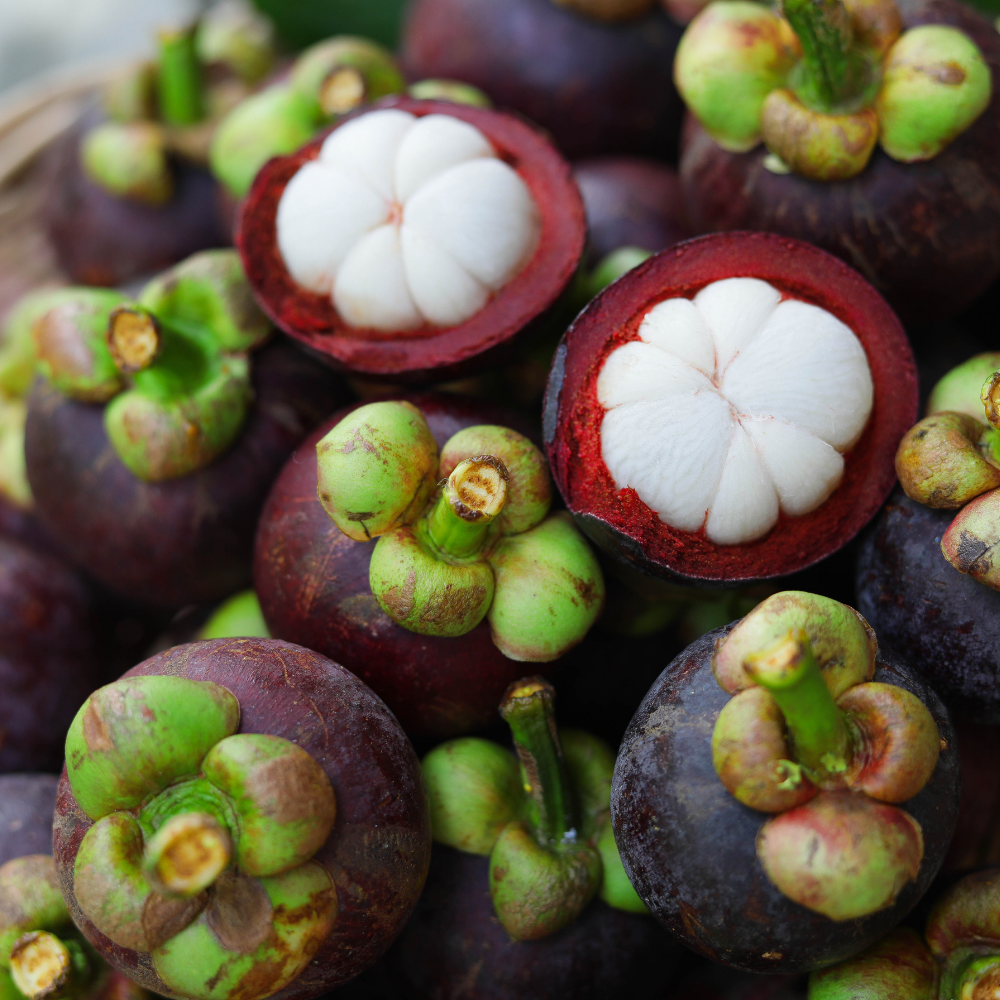Chestnuts carry with them a certain sense of nostalgia. For many, they bring back memories of colder months, festive gatherings, or the simple comfort of sharing something warm and filling. In the Himalayan regions, chestnuts are enjoyed as part of everyday life when they are in season, often roasted over open fires and passed around as a community snack. The smell alone earthy, nutty, and sweet signals that something great is on its way.
Today, you don’t need an open fire to enjoy them. With just an oven and a little patience, you can roast chestnuts at home. The process is simple, but the result feels special soft, nutty, and satisfying. Roasting them isn’t only about preparing a snack; it’s about slowing down, connecting with the food in your hands, and enjoying a moment that feels both grounding and warm.
In this blog, we’ll walk you through the easiest way to roast chestnuts, why this method works so well, and why roasted chestnuts deserve a place in your kitchen.
Tap to watch it on our instagram handle
Recipe Details
Prep Time: 10 minutes| Cook Time: 40–45 minutes | Total Time: 55 minutes | Servings: 2–3 people
Ingredients
-
500 g fresh Himalayan chestnuts
-
Himalayan pink salt, to taste
-
Fresh lemon juice, to taste
Why Roast Chestnuts?
Roasting chestnuts is more than just a cooking method it transforms them. Here’s why this simple preparation is worth trying:
-
Brings out natural flavour: Chestnuts are mild and starchy when raw. Roasting turns their starch into sugar, giving them a warm, nutty sweetness with a hint of caramel.
-
Better texture: The process softens the inside into a creamy consistency, perfect for snacking.
-
Easy to digest: Roasting makes chestnuts lighter on the stomach compared to eating them raw or boiled.
-
Cultural significance: In many places, roasted chestnuts are tied to festivals, community gatherings, and winter traditions. It’s food with history.
-
Versatility: Beyond snacking, roasted chestnuts can be used in soups, added to stuffing, pureed into desserts, or even tossed into salads for a nutty crunch.
Step-by-Step: Roasting Chestnuts at Home
1. Preparing the Chestnuts

Choose fresh Himalayan chestnuts they should feel heavy and firm. Cut a deep X on the round side of each nut. This prevents them from bursting in the oven and gives you a neat starting point for peeling later.
2. Preheating the Oven

Heat your oven to 200°C (390°F). The right temperature helps chestnuts roast slowly and evenly, turning soft inside without burning the outer shell.
3. Arranging on a Tray

Place chestnuts flat side down and cut side up on a tray. Leave some space between each nut so they roast evenly.
4. Roasting in the Oven

Roast for 40–45 minutes. The shells will curl back at the cut, and the insides will soften. Larger chestnuts may need a few minutes longer, smaller ones a little less.
5. Cooling and Peeling

Let them cool slightly before peeling. Chestnuts are easiest to peel while warm both the shell and thin inner skin come off more easily at this stage.
6. Seasoning and Serving

Enjoy plain or with a sprinkle of Himalayan pink salt and a dash of lemon juice. The salt enhances sweetness, and the lemon adds a light tang.
Serving Ideas
-
Eat warm as a simple evening snack.
-
Chop into salads for a nutty sweetness.
-
Add to soups for depth and body.
-
Serve with bread and cheese for a rustic appetiser.
-
Mix into rice or stuffing for festive meals.
Variations
-
Sweet: Toss with honey or a sprinkle of cinnamon for a comforting flavour.
-
Savory: Add a little ghee and black pepper for a richer taste.
-
Festive: Combine with roasted vegetables or dried fruits for a celebratory platter.
Zama Tip
Chestnuts are best enjoyed fresh and warm, right after roasting. For a twist, toss them with a spoonful of A2 Desi Cow Ghee and a pinch of Lakadong Turmeric. It adds warmth, richness, and turns a simple snack into something even more nourishing.
FAQ
Q. How do I choose fresh chestnuts?
A. Fresh chestnuts feel heavy for their size, with smooth shiny shells. If they rattle when shaken, they may be dried out inside.
Q. Do I have to cut the X before roasting?
A. Yes. The incision prevents them from bursting and makes peeling easier.
Q. Can I roast chestnuts without an oven?
A. Yes, you can roast them in a pan over the stove or on a grill. Just make sure to cut them first.
Q. How long do roasted chestnuts last?
A. They are best eaten fresh. If storing, keep in an airtight container in the fridge for 2–3 days and reheat before eating.
Q. Can I add flavours while roasting?
A. Yes. Some enjoy roasting chestnuts with cinnamon, rosemary, or even a drizzle of honey for a different taste.




